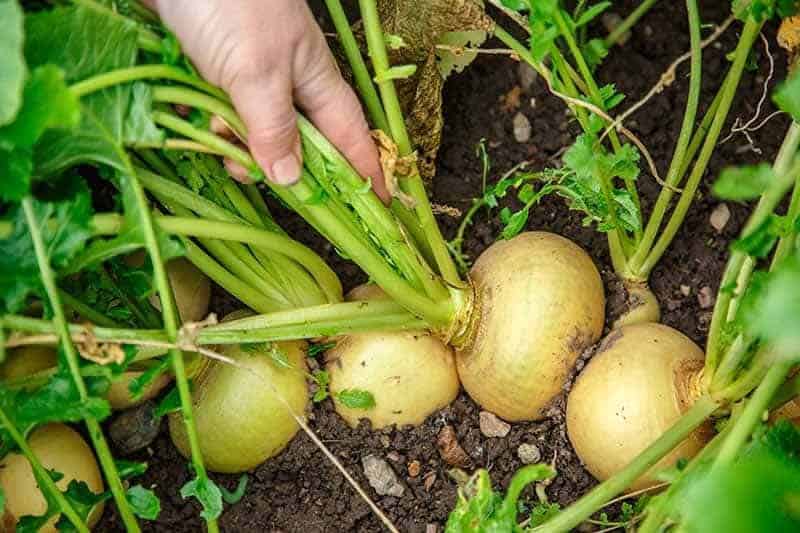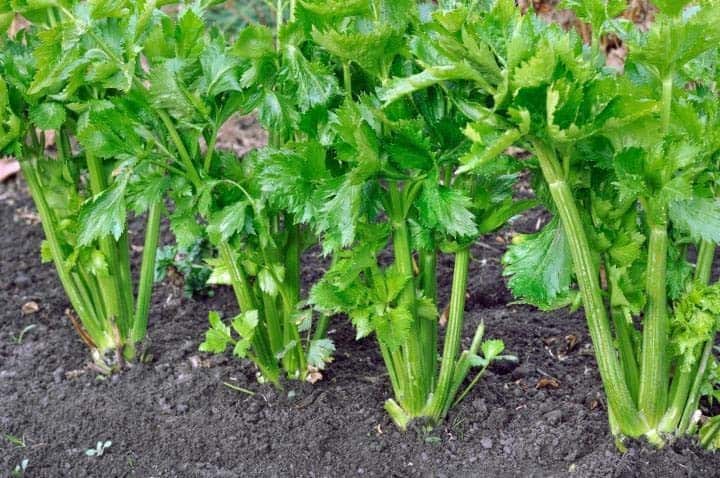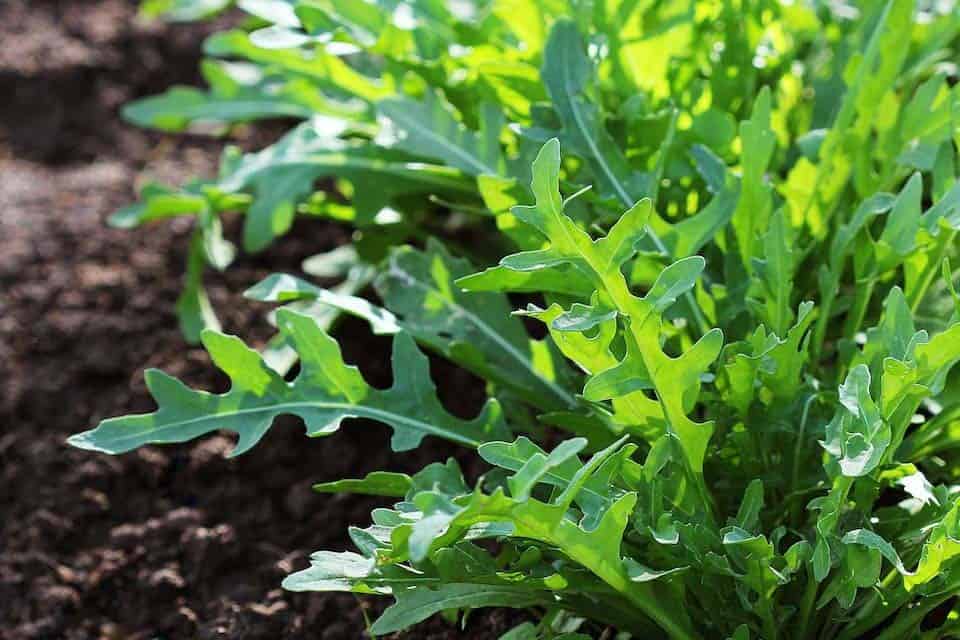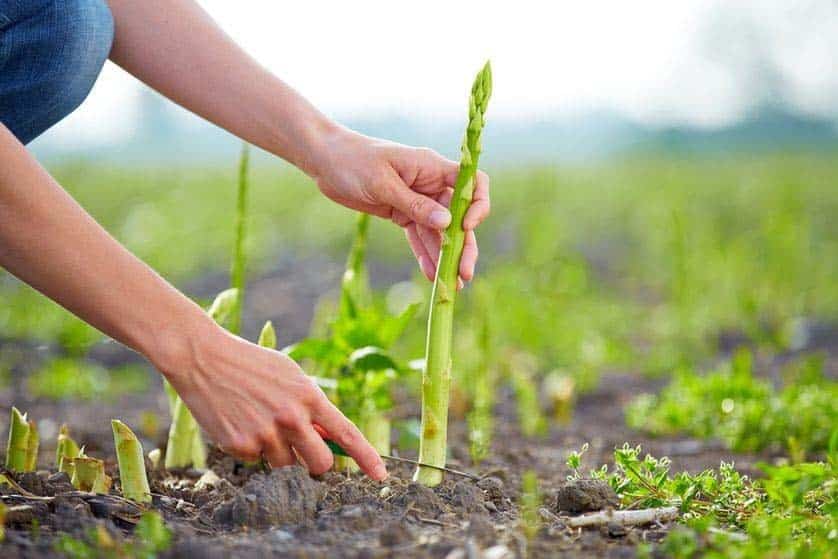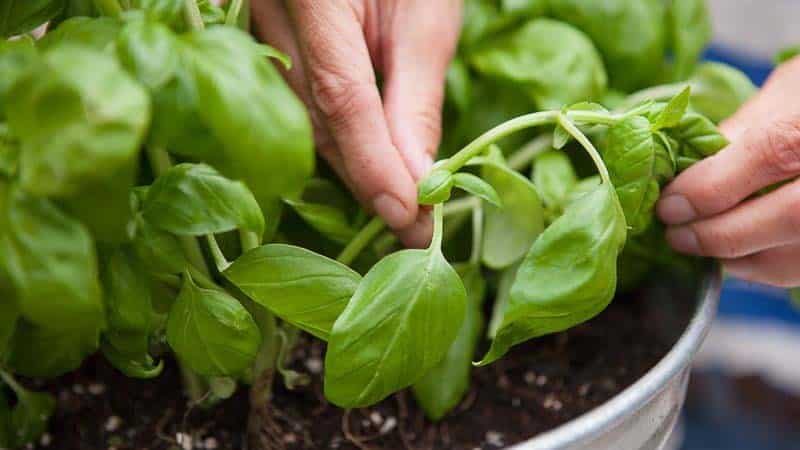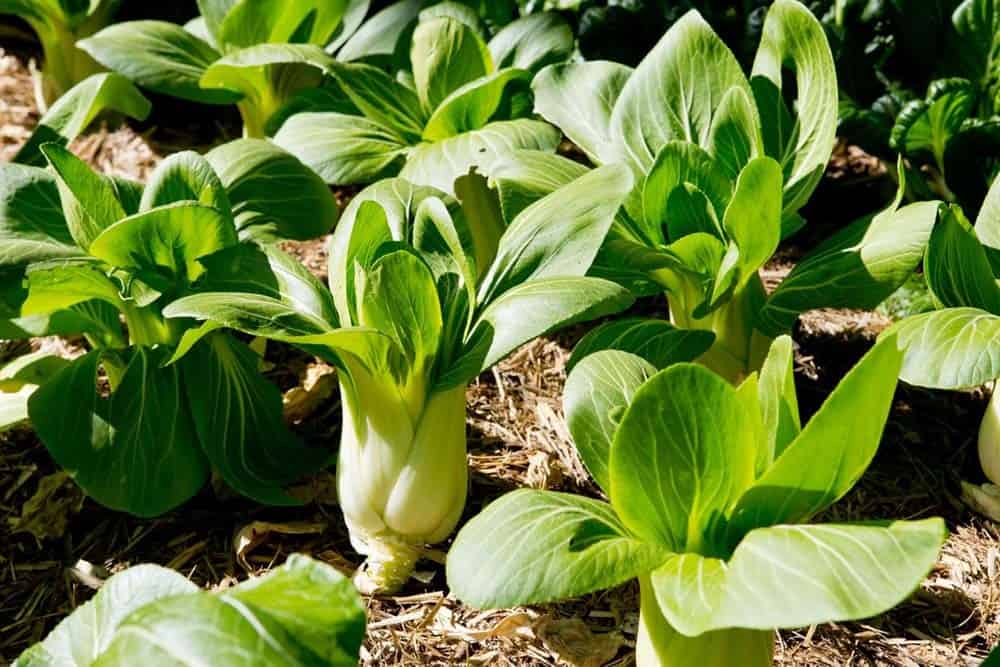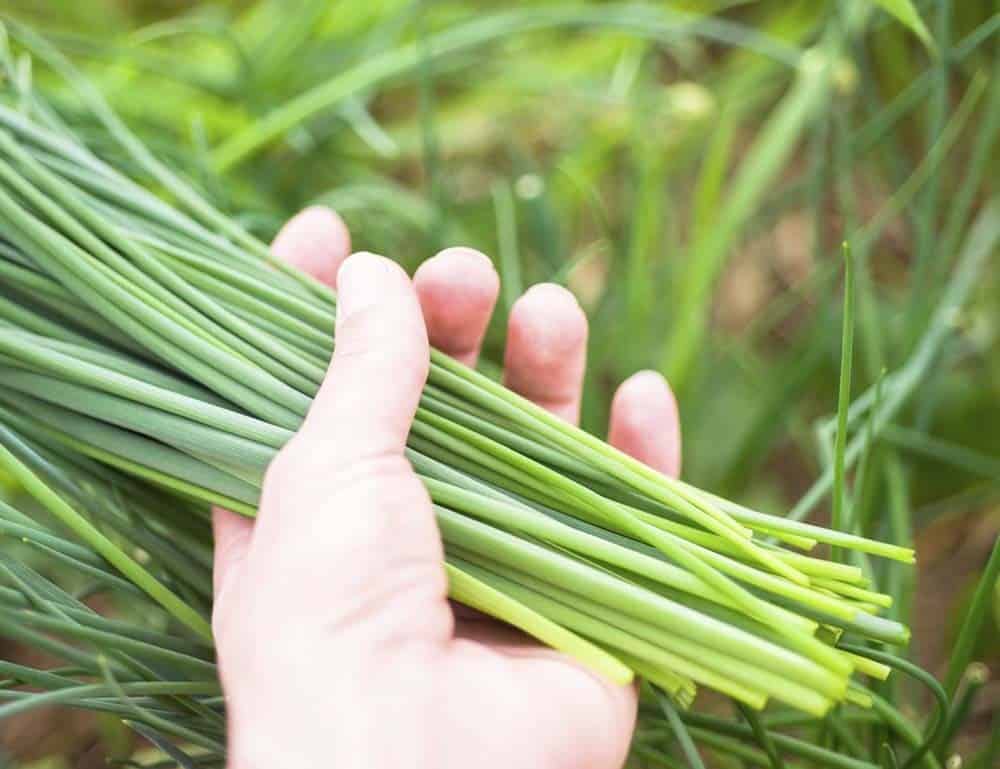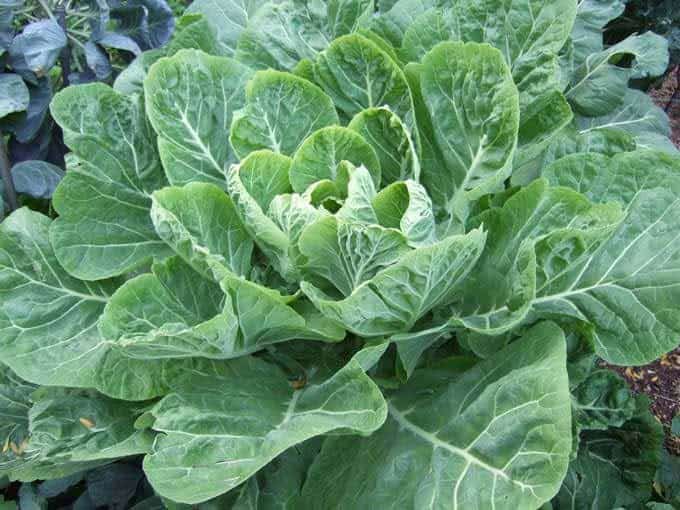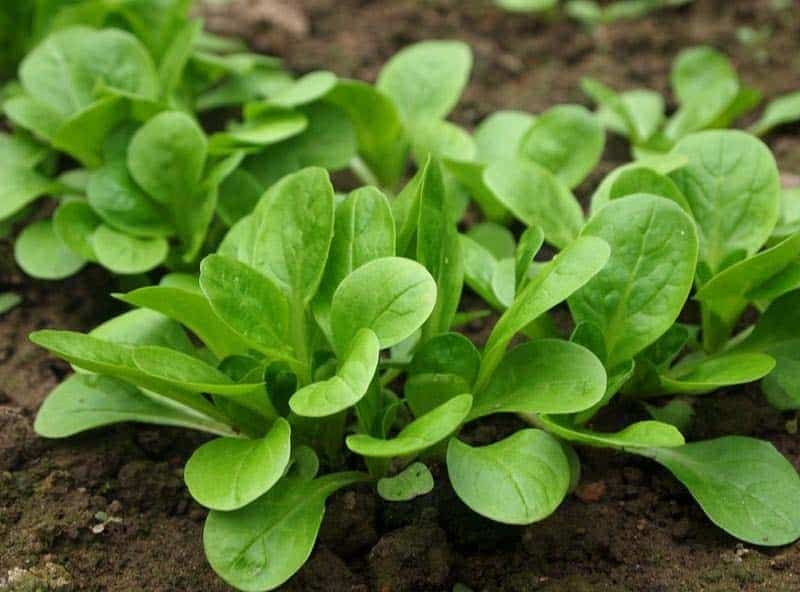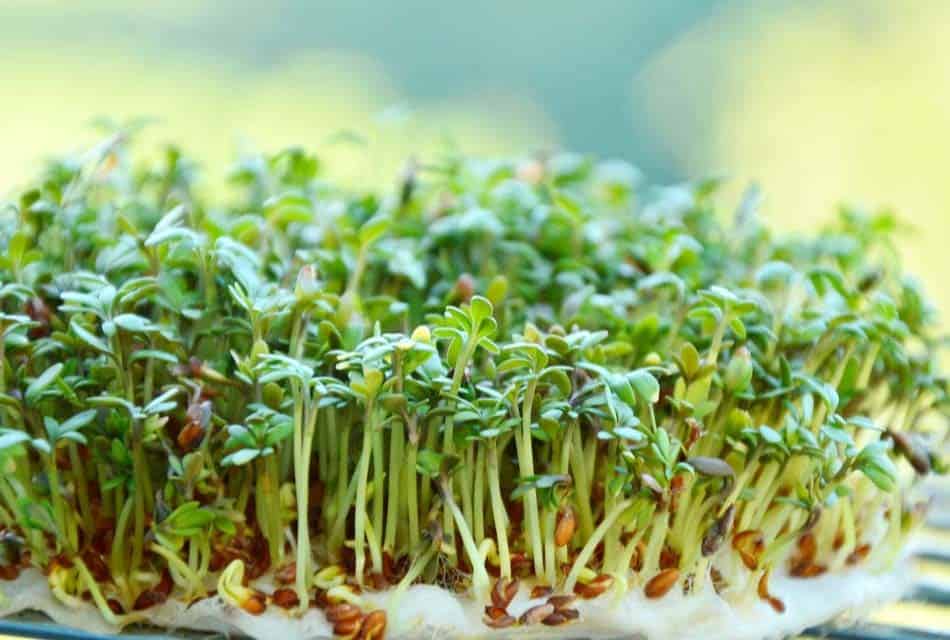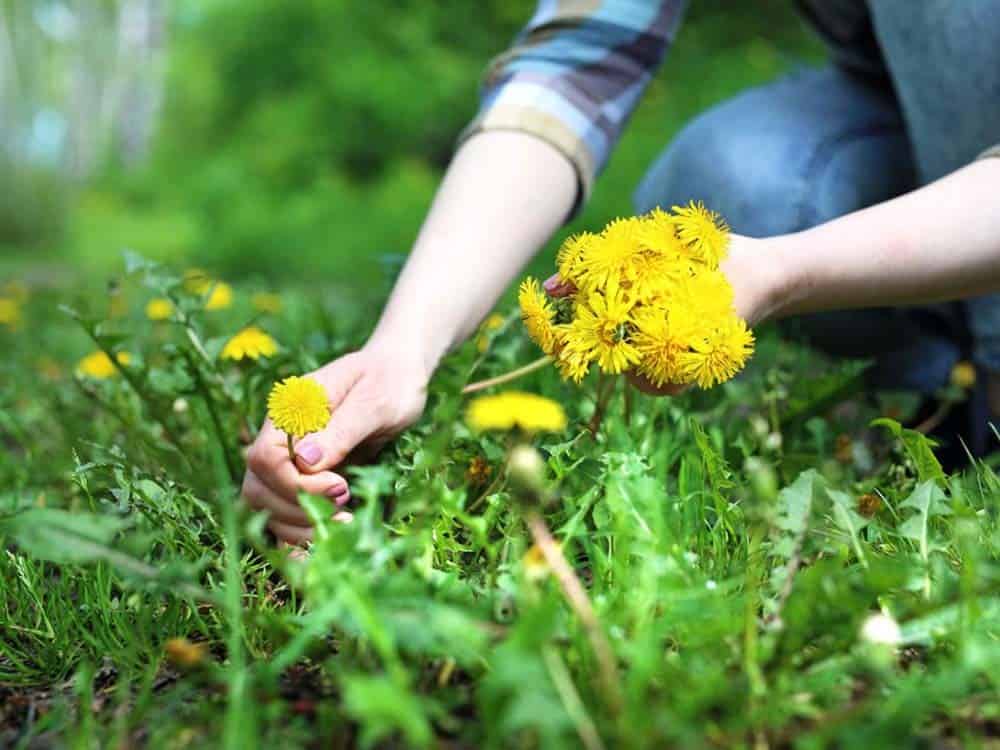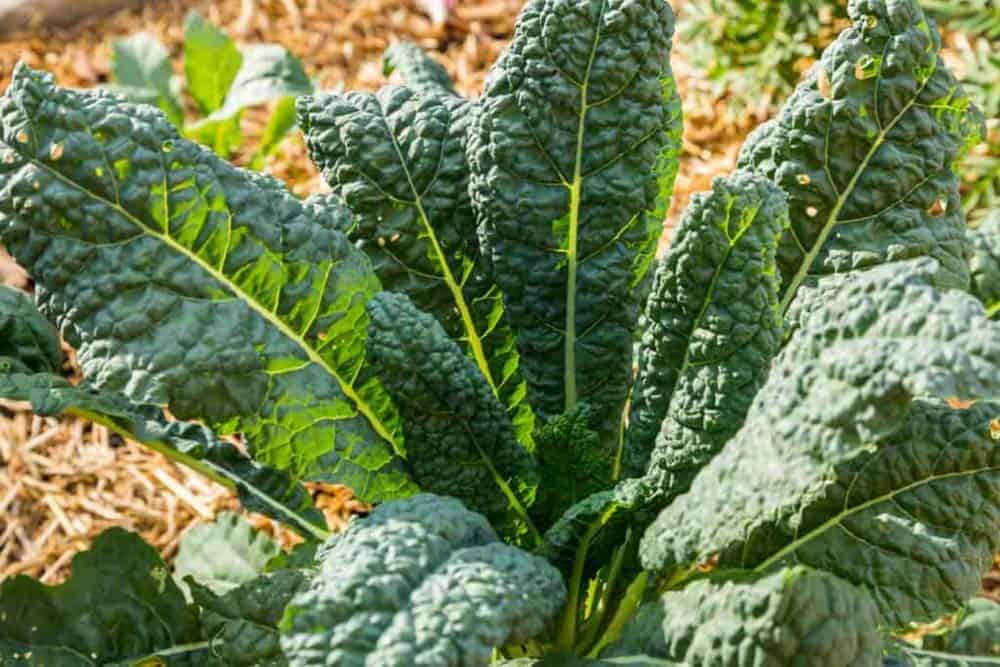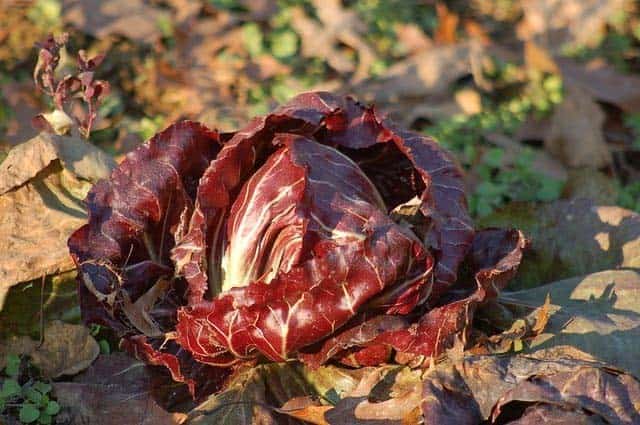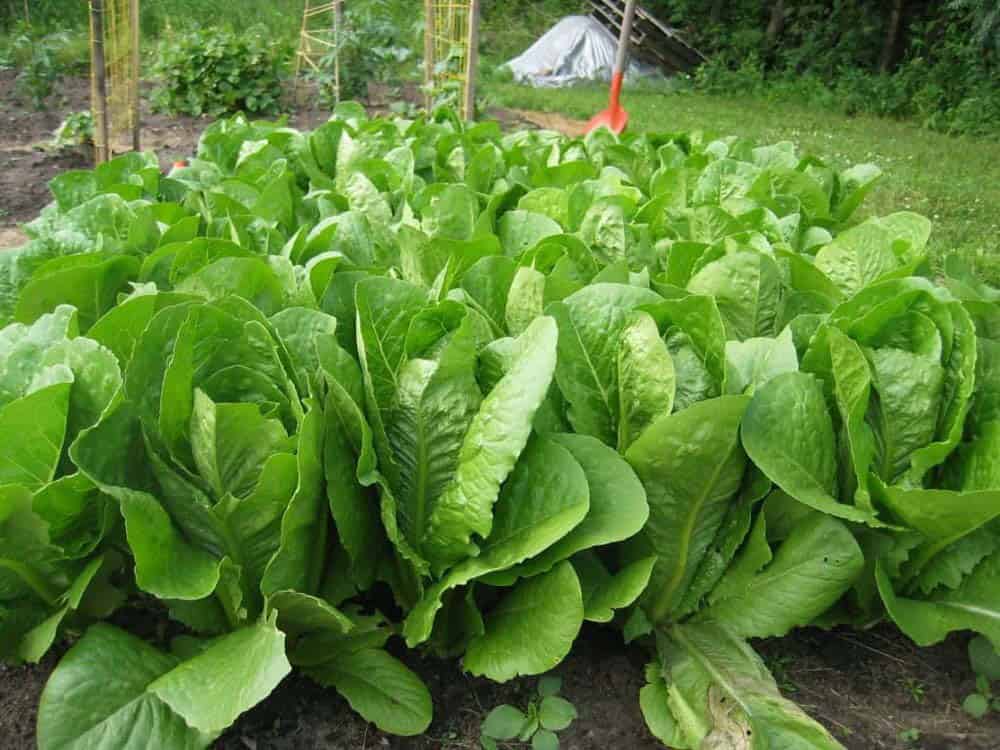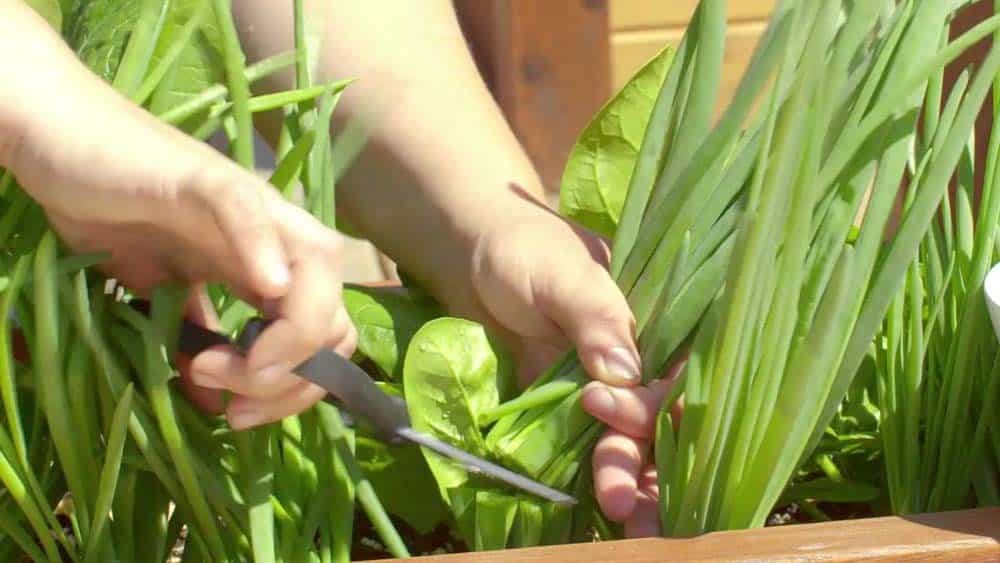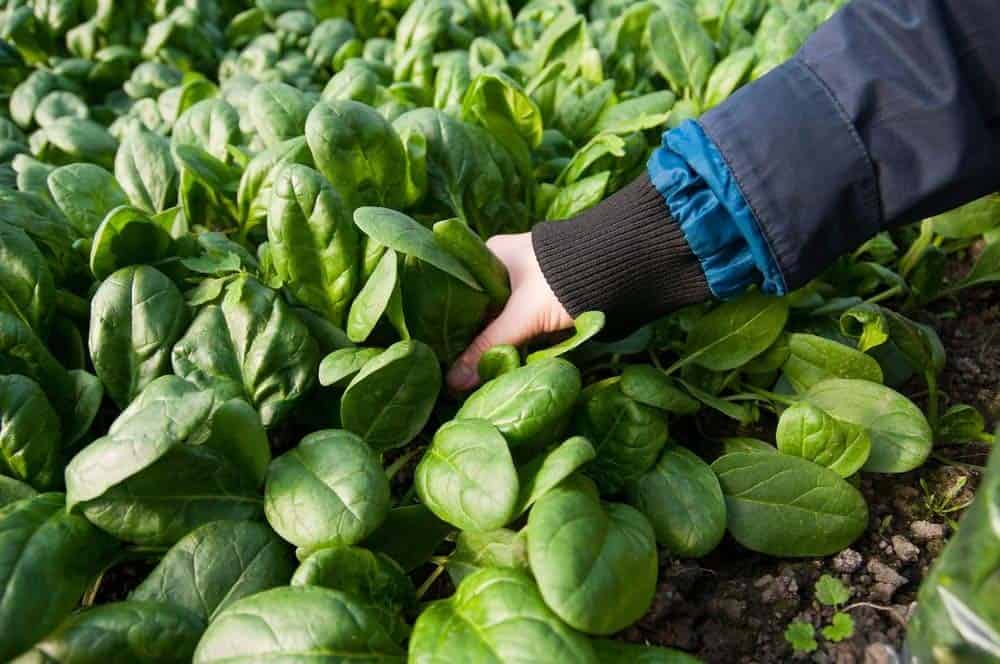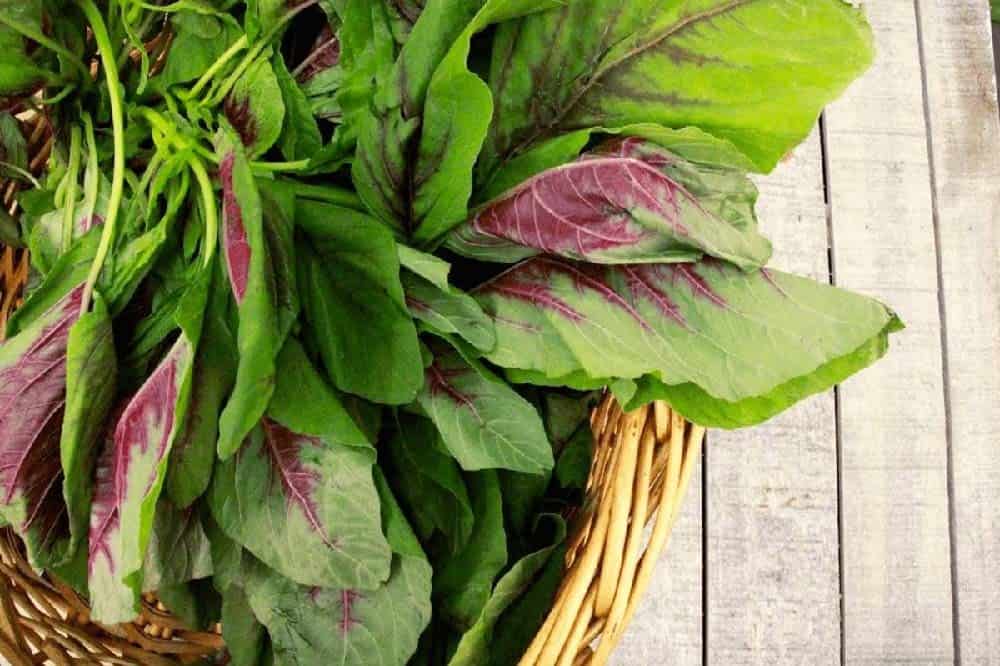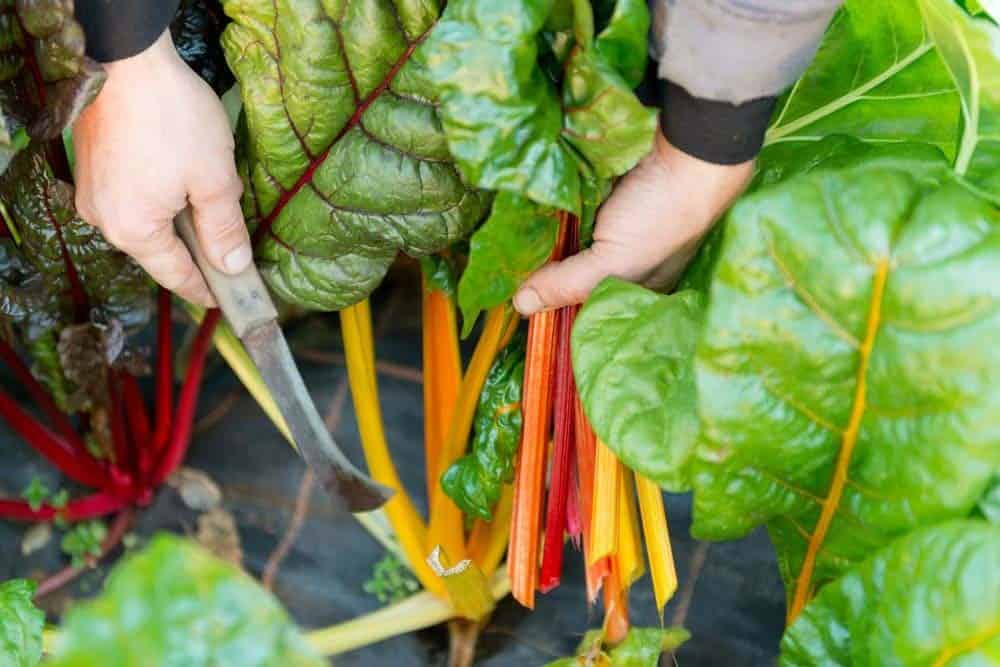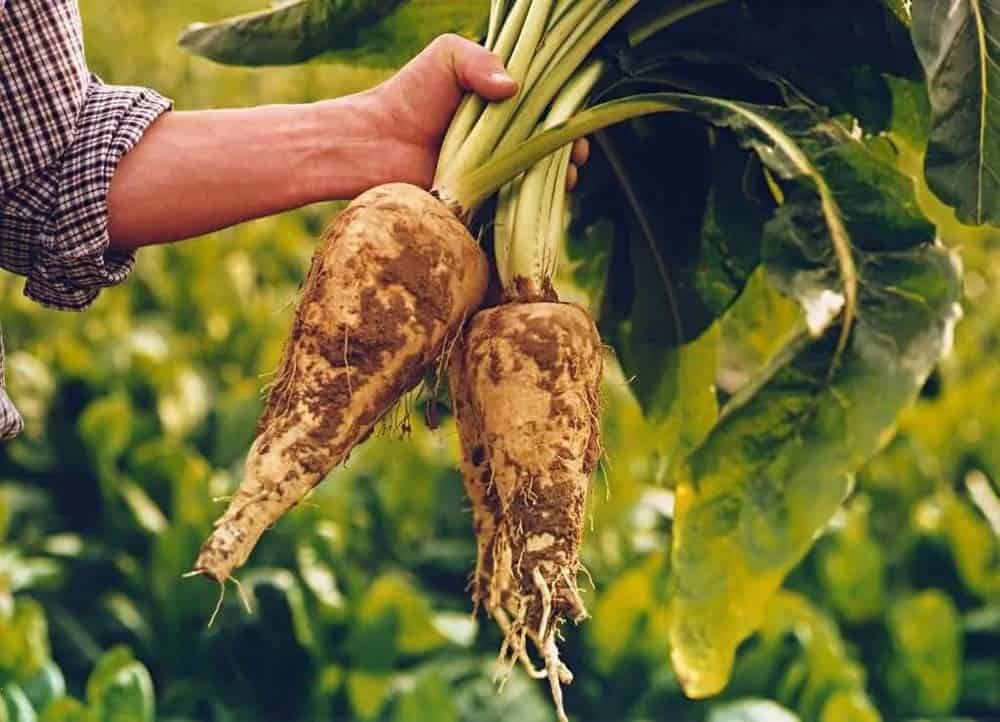In gardening, the ‘cut to come back again’ technique involves selectively harvesting only the older leaves from a plant, allowing the established crop to continue growing and producing new foliage. This approach enables you to enjoy a prolonged harvest period without having to maintain multiple crops. By employing this method, you can encourage your plants to grow continuously, while preventing them from maturing prematurely.
In this sense, it’s an effective way to prolong the freshness of home-grown produce.
By harvesting only the older leaves, you create an opportunity for the plant to focus its energy on producing new growth, resulting in a continuous supply of fresh vegetables. This technique is particularly useful for gardeners who want to enjoy a steady harvest without having to constantly replant and care for multiple crops.
Celery
Celery is a nutrient-rich vegetable that boasts an impressive array of essential minerals and vitamins. In addition to being a good source of calcium, sodium, copper, magnesium, iron, zinc, and potassium, it also contains rare vitamins such as A, K, C, D, and E, along with B6 and B12. One of the best ways to encourage celery growth is by utilizing the cut-and-grow method.
This technique involves cutting the stalks leaving a two-inch base intact, then submerging this remaining portion in a bowl of fresh water. As new leaves begin to emerge, you can transfer the celery into soil when the leaves have reached an adequate thickness.
Arugula
Arugula’s impressive antioxidant profile enables it to shield cells from harm, even reversing damage when needed. This superfood also excels at the ‘cut-and-come-back’ technique, where repeated harvesting only encourages more leafy growth. The secret to sustaining this cycle lies in consistent watering and judicious pruning – no more than a third of the plant should be trimmed to ensure new leaves continue to emerge. With proper care, you can expect to reap another harvest within a week.
Asparagus
Asparagus is a nutritional powerhouse that offers numerous health benefits, including aiding weight loss, promoting digestive health, supporting healthy pregnancy outcomes, and helping to manage blood pressure. This versatile veggie is a standout in our selection of Veggies That Are Cut To Come Back Again. One of the most impressive aspects of asparagus is its ability to regenerate – simply cut off the ends, and new shoots will sprout forth, encouraging continuous growth and abundance.
Beet Greens
While beet greens may not be everyone’s favorite, they’re an incredibly nutritious veggie that deserves some love. In fact, some enthusiasts claim that they’re the most nutrient-dense option out there, boasting a high concentration of antioxidants. If you’re looking to harvest your own beet greens, start by planting them in a flower pot with seeds tightly spaced in rows. As the greens grow, you’ll know it’s time to pick the outer leaves and allow the younger, thinner ones to continue developing.
Basil
Basil is an integral part of many herb gardens, serving as a vital component in numerous dishes and being the primary ingredient in pesto. In fact, it’s hard to imagine a Mediterranean-inspired meal without this fragrant herb. When harvesting basil, it’s essential to only pick mature leaves, either drying them for future use or adding them fresh to your culinary creations. Pinching off the leaves also encourages stronger plant growth and delays flowering.
But beyond its culinary applications, basil is renowned for its nutritional benefits. It has been touted as a cholesterol- and triglyceride-reducing herb, making it an excellent addition to a healthy diet.
Bok Choy
When incorporating bok choy into your culinary creations, its versatility allows it to seamlessly blend with a wide range of dishes. When cultivating this Asian green at home, it’s essential to harvest the outer leaves that are approximately two inches from the base, using a knife for optimal results. Be mindful not to disturb the new growth, as allowing these young leaves to mature is crucial for the plant’s overall health and development.
Notably, bok choy is an excellent source of several essential vitamins and nutrients, including C, A, K, and folate.
Chives
Chives are a versatile herb that not only elevates the flavor of various dishes but also boasts an impressive nutritional profile. Rich in vitamin C, folate, and choline, it’s an excellent addition to fish, soups, omelets, and salads. Furthermore, growing your own chives is surprisingly easy, allowing you to harvest its benefits all summer long. Simply cut back the stems with scissors, and new growth will emerge within a few weeks, ready for your next culinary creation.
Collard Greens
Collard greens are an incredibly versatile vegetable, offering numerous ways to enjoy them. Whether you prefer them raw in sandwiches or salads, or cooked into hearty dishes, they’re a delicious addition to any meal. As a member of the broccoli family, collard greens boast an impressive nutritional profile, packing vitamins A, C, and K, as well as essential minerals like calcium, iron, magnesium, and vitamin B-6.
When harvesting, it’s crucial to approach with care: simply snip off the outer leaves about an inch above the stem, leaving the tender shoots to mature and await their turn for harvest.
Corn Salad
Corn salad boasts impressive health benefits, including the ability to boost the immune system and help protect against cardiovascular diseases. When it comes to cultivating this nutritious crop, care must be taken to harvest only a portion of the leaves, leaving at least an inch of stem intact. By doing so, you’ll encourage the plant to regrow its foliage, allowing for continued harvesting.
Cress
The humble cress, a nutrient-dense superfood, boasts an impressive arsenal of health-boosting properties. As one of our star exhibits in the Veggies That Are Cut To Come Back Again showcase, cress is a shining example of nature’s bounty. When it comes to cultivating this hardy green, the key to success lies in its post-harvest care.
To coax cress into making a triumphant comeback, be sure to leave at least half an inch between the soil and the cut seedlings – a simple yet crucial step in ensuring these leafy wonders regrow with renewed vigor.
Dandelion
While spinach is often touted as a nutritional powerhouse, some proponents argue that dandelion may actually have an edge when it comes to nutrient density. This assertion is supported by the presence of vitamins A, C, and K, among other essential micronutrients, in the plant’s various parts. The good news is that every aspect of the dandelion plant is edible, making it a versatile ingredient for culinary experimentation.
As a culinary staple, dandelion offers a range of uses in the kitchen.
The largest leaves can be harvested and added to salads or used as a bread garnish. Additionally, they can be dried and then boiled to create a medicinal tea that’s said to have healing properties.
Kale
Kale is renowned for its impressive nutrient profile, making it a valuable addition to a healthy diet. Its large, leafy growth habit allows it to be harvested in stages, with mature leaves ready to pick approximately an inch above the base. After a week, new leaves will have emerged, providing a continuous supply of this anti-toxic superfood. While it may not be everyone’s cup of tea, kale is undoubtedly famous for its impressive array of health benefits.
Radicchio
Radicchio’s laid-back nature makes it a joy to cultivate, with minimal upkeep required. This leafy green stands out for its abundance of vital nutrients. Notably, radicchio is a rich source of zinc, copper, and vitamin K. For optimal results, simply snip the head off about an inch above the soil when you’re ready for new growth. In colder climates, the crown will respond by producing fresh leaves within a fortnight.
Roman Lettuce
Roman lettuce is a remarkable crop that can be harvested and regrown multiple times. The unique combination of beta carotene and vitamin C in Roman lettuce provides impressive health benefits by helping to prevent cholesterol buildup. To achieve this, simply cut the leaves of your Roman lettuce plants early in the morning when they’re at their most succulent, leaving about an inch of stem intact.
With time, a fresh new head of lettuce will emerge, allowing you to enjoy multiple harvests from a single crop.
Scallion
Growing green onions is a relatively straightforward process, as they thrive in most environments. Their unique characteristic of being ‘cut-to-come-back’ veggies means you can harvest the leaves and allow the roots to continue producing new growth. To encourage this cycle, simply cut the leaves as close to the ground as possible. This technique not only allows for continuous harvesting but also stimulates the development of larger, healthier leaves.
Like other leafy greens, green onions are an excellent source of essential nutrients like anti-oxidants, plant fiber, minerals, and vitamins, which have been scientifically proven to offer numerous health benefits.
Spinach
Spinach, a nutrient-rich leafy green, offers immense value regardless of whether it’s consumed cooked or raw. Its versatility extends beyond culinary purposes, as it also provides essential vitamins. With regards to harvesting, spinach presents two distinct approaches. The first method involves selective picking, where you can pluck a few leaves from each plant at regular intervals until the plants start flowering.
This approach allows for continuous yields without compromising the overall health of the plants.
The alternative technique is to wait for the spinach to reach maturity and then harvest all the leaves simultaneously, cutting them close to the soil. Since the plants have developed robust roots, they are capable of producing new foliage. This method may require more planning upfront, but it yields a bountiful harvest in the long run.
Amaranth
Amaranth’s ornamental flower heads are just one of its many alluring features. However, did you know that the plant also rewards gardeners by producing smaller, more manageable blooms once the main stems are pruned back to about two feet from the soil? This clever technique encourages Amaranth to focus its energy on generating a new crop of compact flower heads. In addition to its showy blooms, Amaranth’s leaves are a culinary delight.
When harvested during their early growth stages, these tender greens offer a subtle flavor profile and an impressive array of essential minerals. Young leaf enthusiasts will be pleased to know that this nutrient-rich harvest is particularly abundant in manganese, magnesium, phosphorus, and iron.
Swiss Chard
Swiss chard stands out as a nutrient-rich addition to any garden, boasting impressive amounts of vitamin C and iron. Its visual appeal is an added bonus, providing a pop of color to the outdoor space.
When it comes time to harvest this versatile vegetable, look for leaves that have reached around 6 inches in length. Use a sharp knife to cut them off just above the soil line.
A remarkable aspect of Swiss chard is its ability to regenerate new growth; expect fresh leaves to emerge within 10 days. What’s more, Swiss chard can be harvested continuously throughout the summer, making it an excellent choice for gardeners seeking a low-maintenance yet rewarding crop.
Chicory
Chicory may not be as widely recognized as Swiss chard, but it’s a versatile and nutritious plant that offers numerous benefits. This underrated gem is rich in essential minerals like potassium, calcium, magnesium, selenium, and zinc, making it an excellent addition to any garden. One of the best things about chicory is its ability to regrow after harvesting, allowing you to enjoy its flavorful leaves from late summer through mid-fall.
Simply snip off the leaves just above soil level, and you’ll be rewarded with a continuous supply of this nutritious green.
Turnip Greens
Enjoy the extended harvesting season of turnip greens by reaping their bounty at the end of summer. This nutrient-dense food is packed with valuable minerals and vitamins that help prevent a range of health issues, including cancer, osteoporosis, anemia, and diabetes. Harvesting is a straightforward process – simply snip off the leaves just above the soil level, leaving the established roots to produce new growth within a few weeks.
